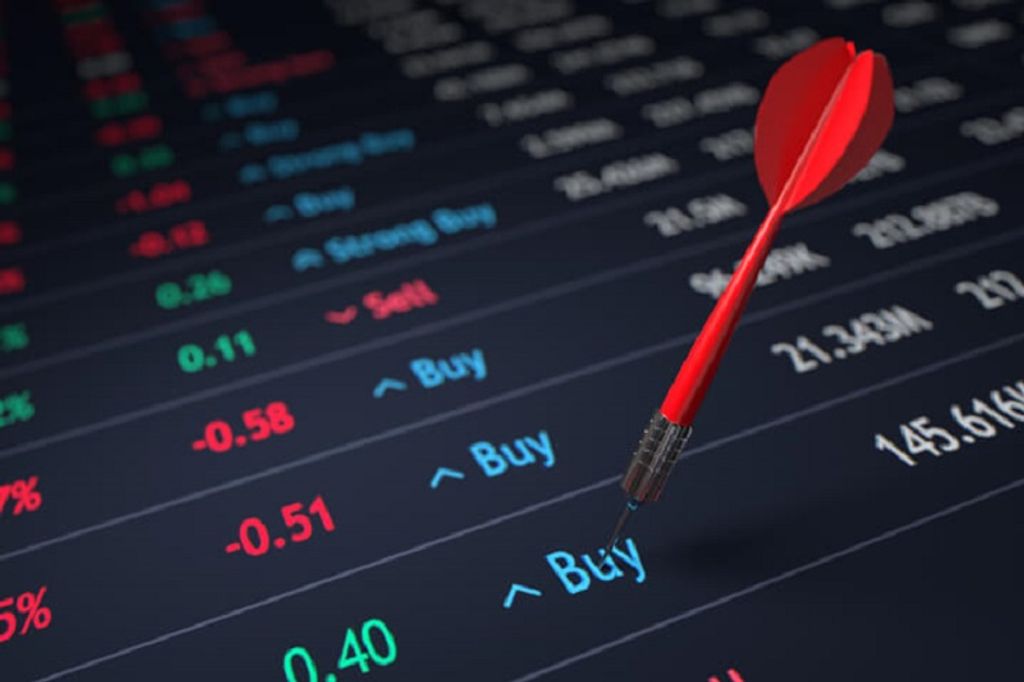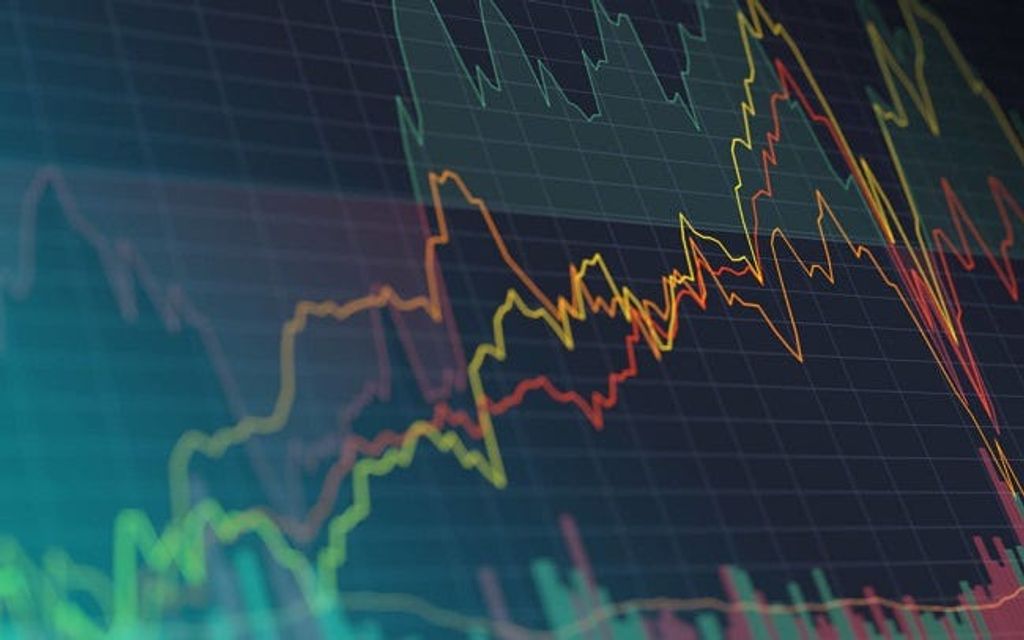
Intro
When it comes to trading in the financial markets, there are many options available, each with its own unique features and benefits. Two popular methods of trading are forex and futures, both of which involve speculating on the price movements of various assets. While they may seem similar at first glance, there are some significant differences between the two. In this blog post, we will explore the differences between forex vs futures and help you determine which trading strategy may work best for you. But before we delve into that, let’s first understand what futures actually are.
What is Forex Trading?
Forex trading, also known as foreign exchange trading, is the buying and selling of currencies in the global marketplace. It is the largest and most liquid financial market in the world, with an average daily trading volume of around $6 trillion. Unlike the stock market or the futures market, forex trading does not have a centralized exchange. Instead, it operates as an over-the-counter market, where participants trade directly with each other through electronic platforms.
The forex market is open 24 hours a day, five days a week, allowing traders to engage in trading activities at any time, regardless of their location. This accessibility and flexibility are major advantages of forex trading. Additionally, the forex market offers a high level of liquidity, meaning that traders can easily enter and exit positions without significant price slippage.
One of the main features of forex trading is the ability to trade on margin. This means that traders can control larger positions with a smaller amount of capital. For example, if a broker offers a leverage ratio of 1:100, a trader only needs to deposit $1,000 to control a position worth $100,000. While leverage can amplify profits, it can also increase losses, so it’s essential to use proper risk management techniques.
Currency futures, on the other hand, are contracts that obligate the buyer to purchase or sell a specific amount of a currency at a predetermined price and date in the future. Unlike the forex market, which is decentralized, currency futures are traded on centralized exchanges. These exchanges act as intermediaries, facilitating the trading of these contracts.
Currency futures provide traders with the opportunity to speculate on the future price movements of currencies. They are standardized contracts, meaning that the terms and conditions of the contracts are predetermined. This standardization brings transparency and reduces counterparty risk.
Understanding Futures Trading
Now that we have a good grasp of what forex trading entails, let’s dive into the world of futures trading. Futures, also known as futures contracts, are financial agreements that oblige the buyer to purchase or sell a specific asset at a predetermined price and date in the future. These assets can include commodities like oil, gold, or agricultural products, as well as financial instruments like stocks or currencies.
Unlike the decentralized nature of the forex market, currency futures are traded on centralized exchanges. These exchanges act as intermediaries, bringing together buyers and sellers to facilitate the trading of these contracts. This centralized approach ensures transparency and reduces counterparty risk, as all transactions are cleared through the exchange.
The currency futures market operates similarly to the forex market in terms of speculation. Traders can take positions based on their expectations of future price movements. For example, if a trader believes that the value of the euro will rise against the US dollar in the coming months, they can enter a futures contract to buy euros at a predetermined price. If their prediction is correct and the euro indeed appreciates, they can sell the contract at a profit.
One key feature of futures trading is the use of leverage. Similar to forex trading, futures contracts allow traders to control larger positions with a smaller amount of capital. This amplifies potential profits, but also increases the risk of losses. Therefore, it is crucial for futures traders to implement effective risk management strategies.
The currency futures market operates during specific trading hours, unlike the forex market, which is open 24/5. This means that futures traders must be aware of these trading hours and plan their strategies accordingly.
In summary, futures trading involves the buying and selling of financial agreements that oblige traders to purchase or sell specific assets at predetermined prices and dates in the future. Unlike forex trading, futures contracts are traded on centralized exchanges, offering transparency and reducing counterparty risk. Leverage is available in futures trading, enabling traders to control larger positions. However, it is important to implement proper risk management techniques to mitigate potential losses. Understanding the dynamics of the currency futures market is crucial for traders looking to explore this trading strategy.
Key Differences between Forex and Futures
The key differences between forex and futures trading lie in their underlying assets, trading hours, and risk management strategies.
Firstly, the underlying assets in forex trading are currencies, while futures trading involves a wider range of assets such as commodities, stocks, and currencies. Forex trading focuses solely on the exchange rates between different currencies, allowing traders to profit from the fluctuations in these rates. On the other hand, futures trading enables traders to speculate on the future price movements of various assets, providing a broader scope for investment opportunities.
Secondly, the trading hours in forex and futures markets differ significantly. The forex market operates 24 hours a day, five days a week, providing traders with the flexibility to trade at any time. This accessibility is particularly advantageous for those who have other commitments or prefer trading during non-standard hours. Conversely, the futures market has specific trading hours, typically aligned with the trading hours of the exchanges on which they are traded. Traders must be aware of these hours and plan their strategies accordingly.
In terms of risk management, both forex and futures trading require effective risk management strategies to mitigate potential losses. However, there are some differences in the specific risk factors to consider. Forex trading is more susceptible to geopolitical events and economic news that can significantly impact currency values. Futures trading, on the other hand, is influenced by factors such as supply and demand dynamics, seasonal patterns, and global market conditions that affect the underlying asset.
Another key difference lies in the transparency and liquidity of the markets. Forex trading, being decentralized, offers a high level of liquidity and ease of entry and exit positions. This liquidity allows traders to execute trades at their desired prices with minimal price slippage. In contrast, futures trading takes place on centralized exchanges, providing transparency and reducing counterparty risk. However, the liquidity of futures contracts can vary depending on the specific market and contract being traded.
Overall, understanding the key differences between forex and futures trading is essential in determining which strategy may work best for you. Consider your risk tolerance, available trading hours, and preferred underlying assets when making your decision.
Risk Management in Forex and Futures Trading

Risk management is a crucial aspect of both forex and futures trading. As with any form of investment, there is always a level of risk involved, and it’s important for traders to implement effective strategies to mitigate potential losses. Let’s take a closer look at the risk management techniques that traders can employ in forex and futures trading.
One common risk management tool used in both forex and futures trading is the use of stop-loss orders. A stop-loss order is an instruction given to a broker to close a position if the price reaches a certain level. By setting a stop-loss order, traders can limit their potential losses by exiting a trade if the market moves against them. This helps to prevent large, uncontrollable losses and ensures that traders are able to protect their capital.
Another important aspect of risk management is position sizing. This refers to the allocation of a certain percentage of capital to each trade. By properly sizing their positions, traders can limit their exposure to any single trade and prevent their entire account from being wiped out by a single loss. It is generally recommended to risk no more than 1-2% of your trading capital on any given trade.
In addition to stop-loss orders and position sizing, traders can also employ risk-reward ratios. A risk-reward ratio compares the potential profit of a trade to the potential loss. For example, if a trader is risking $100 on a trade and aiming for a potential profit of $300, the risk-reward ratio would be 1:3. By aiming for a higher reward compared to the risk, traders can increase their profitability over the long term.
Lastly, it’s important for traders to stay informed and up-to-date with market news and events that can impact their trades. This includes staying informed about economic releases, geopolitical events, and other factors that can influence the market. By being aware of potential market-moving events, traders can make more informed decisions and adjust their risk management strategies accordingly.
Which is Best for You: Forex or Futures?
Determining whether forex or futures trading is best for you ultimately depends on your individual trading style, preferences, and goals. Both trading strategies have their own unique features and benefits, and it’s important to consider these factors before making a decision.
If you are interested in trading currencies specifically, forex trading may be the better option for you. The forex market offers a high level of liquidity and operates 24 hours a day, allowing for flexibility and the ability to trade at any time. Additionally, forex trading provides the opportunity to trade on margin, allowing for larger positions with a smaller amount of capital. This can be advantageous for those looking to amplify potential profits. However, it’s important to note that leverage in forex trading can also increase the risk of losses, so proper risk management techniques must be implemented.
On the other hand, if you are interested in trading a broader range of assets such as commodities, stocks, and currencies, futures trading may be more suitable. Futures trading allows for speculation on the future price movements of various assets, providing a wider scope for investment opportunities. While futures trading may not offer the same level of flexibility as forex trading in terms of trading hours, it does offer transparency and reduced counterparty risk due to trading on centralized exchanges.
Ultimately, the decision between forex and futures trading should be based on your risk tolerance, available trading hours, and preferred underlying assets. It’s important to conduct thorough research, seek education and training, and develop a trading plan that aligns with your individual goals and preferences. By carefully considering these factors and continuously learning and adapting your strategies, you can increase your chances of success in the financial markets.



